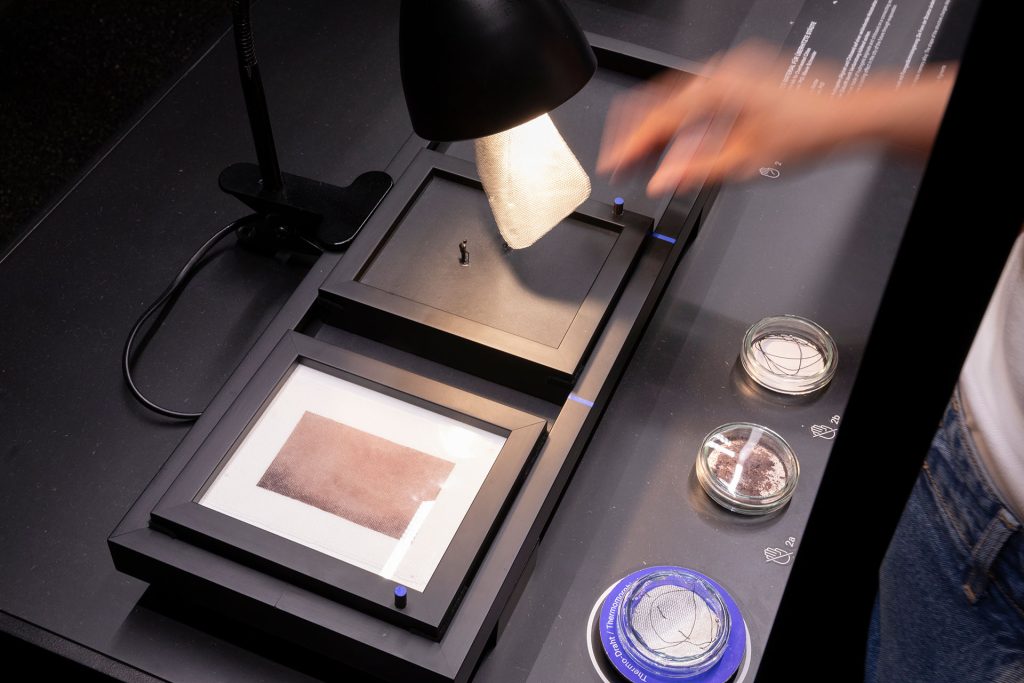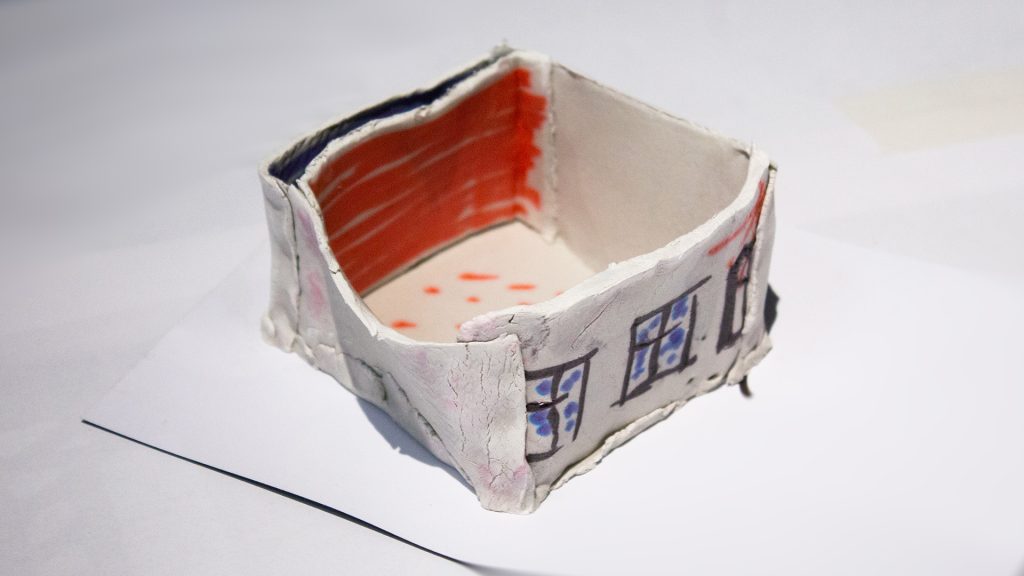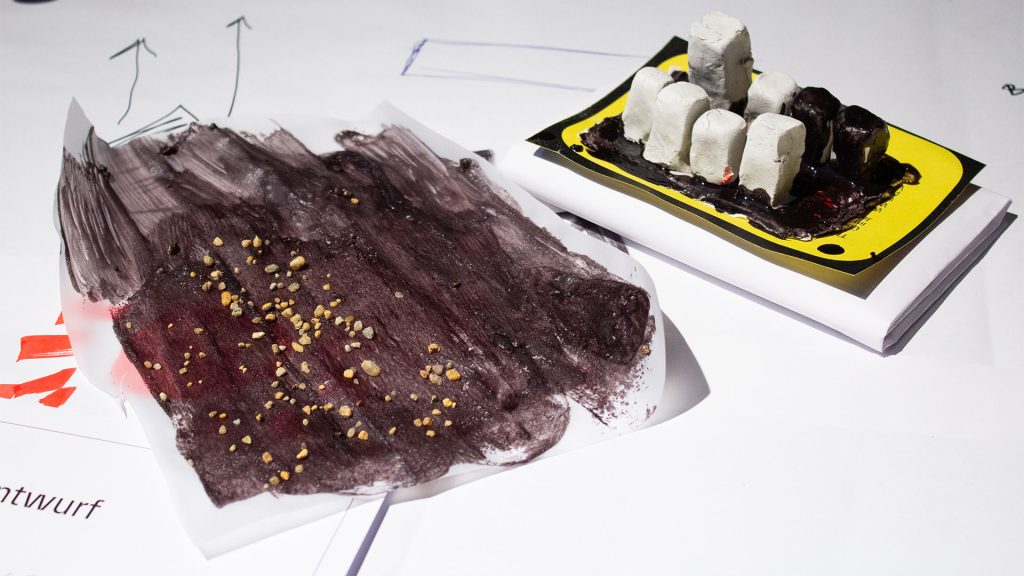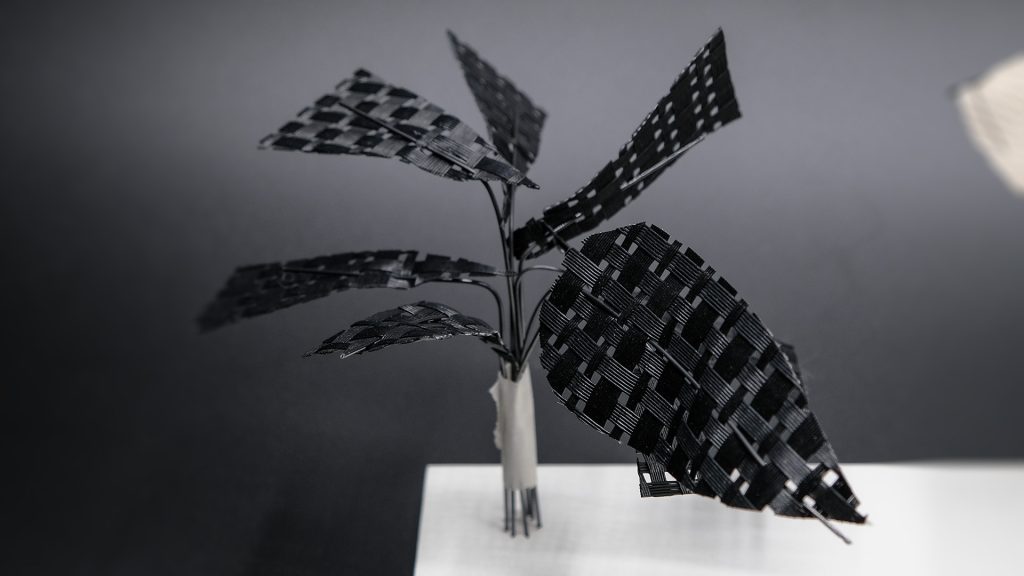
Architect Maxie Schneider is working on thermally adaptive materials. These materials have different properties depending on the temperature and could help to make cities more adaptable to the climate. Thermally adaptive materials include shape memory alloys – metals with memory – and thermochromic (thermally changeable) color pigments.
These materials’ ability to adapt to the ambient temperature results from their nanostructures. The behavior is material-specific and can be programmed. In overheated cities, textiles with thermally deformable wires could create changeable surfaces that dynamically adapt the shade they provide. By using thermally variable pigments, these surfaces could also change color depending on the temperature. This would create a flexible environment that adapts to the needs of users and changing environmental conditions.


